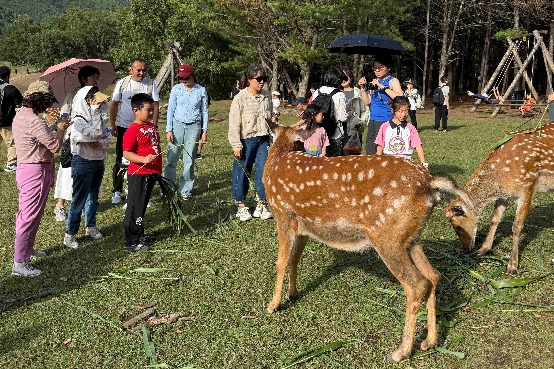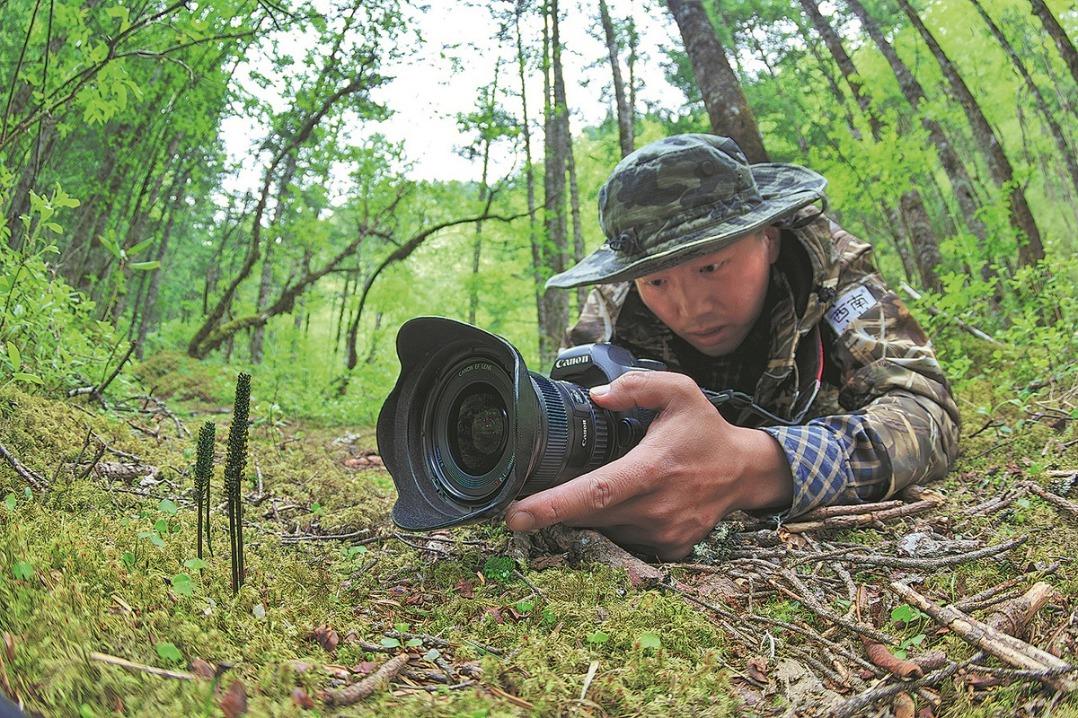Scientists develop insect-inspired vision system with AI capabilities

BEIJING -- Researchers have recently made a major breakthrough in the field of bionic vision, paving a new path for microscopic observation and high-end instrument development.
The study, a collaboration between the University of Shanghai for Science and Technology and Duke University in the United States, was published in the journal Science Advances on Thursday.
Inspired by insect compound eyes, scientists have previously developed various imaging systems using microlens arrays and sensors, achieving initial applications.
However, traditional bionic compound-eye systems have long faced limitations due to their complex 3D structures and restricted spatial resolution, resulting in blurry imaging.
"We aim not only to let bionic vision systems 'see' the world but also 'see clearly' and 'understand' it," said Zhang Dawei, a professor at the University of Shanghai for Science and Technology and leader of the research team.
The innovative breakthrough stems from an in-depth bionic study of the structural characteristics and information-processing mechanisms of arthropod compound eyes.
Insects rely on hundreds or thousands of small visual units working together to respond instantly to complex environments. Mimicking this, the team developed a compact 0.8-cubic-centimeter bionic vision system capable of megapixel-level, full-color, ultra-wide-field (165°×360°) high-resolution imaging.
Using deep learning, the team built a multi-level visual processing model that performs tasks such as high-definition panoramic image reconstruction, wide-field multi-target positioning, object recognition, multi-target tracking, and 3D tracking.
This advancement enables bionic vision to truly "see clearly and understand," overcoming traditional limitations.
Zhuang Songlin, an academician at the Chinese Academy of Engineering, said the research exemplifies interdisciplinary innovation by merging bionics with AI.
The team is now refining the bionic compound-eye structure, focusing on applications in micro-unmanned platforms, endoscopic inspection instruments and other high-end equipment.
This achievement not only advances AI-powered scientific instruments but also supports advancements in medical diagnosis, environmental monitoring and intelligent security, demonstrating strong potential from fundamental research to industrial applications.
- China activates Level-IV emergency flood-control response in multiple regions
- China to expand private pension withdrawal options
- Shanghai's Heping Library shortlisted for top international award
- Man detained for impersonating military officer, academician
- Xizang city transforms into conservation model
- Hainan expands tax incentives for top talent





































